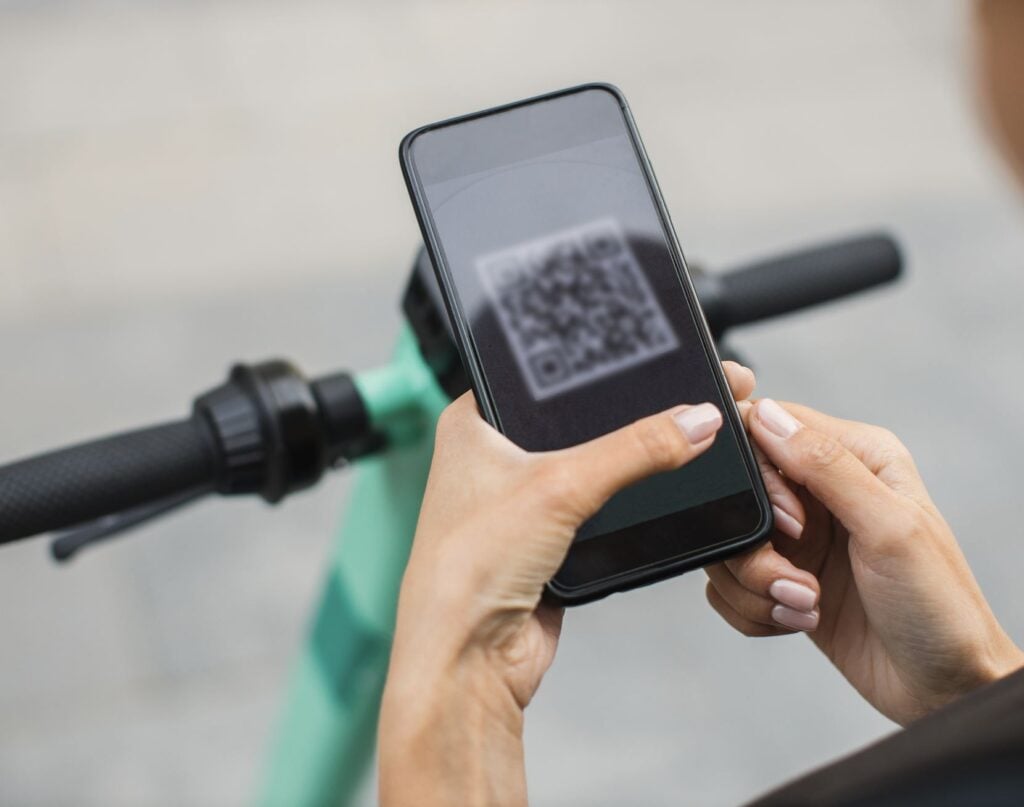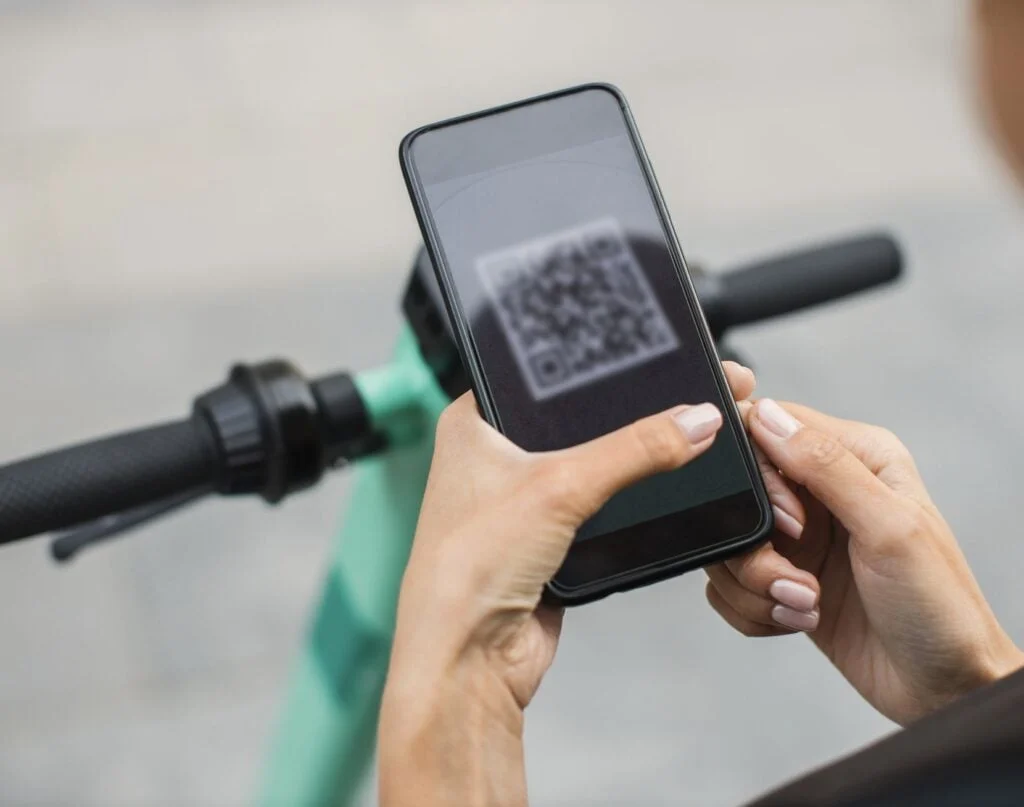Travel Guide
The 3 New Travel Scams This Summer: Are They Targeting Your Vacation?
You’ve nailed the flights, the resort, the itinerary. Summer vacation is calling! But while you’re packing your swim trunks, scammers are packing their latest tricks. Forget the old-school cons; they’ve gone digital, sophisticated, and are actively targeting folks just like you.
Think you’re too savvy to fall for it? It’s time for a quick gut-check. Our rapid-fire quiz will see if you can spot the common traps. Master these, and we’ll immediately expose the brand new scams you really need to worry about.
You’ve spotted the classic cons, but the most dangerous scams are the ones you’ll never see coming. Here’s the intel you need for summer 2025.
The New Playbook: 3 High-Tech Scams Targeting Savvy Travelers This Summer
You just proved you can spot the classic cons. The bracelet trick, the “broken” taxi meter, the spilled drink—those are the old-school hustles. But while you’ve been perfecting your defense against those, scammers have been busy upgrading their entire operating system.
The game has changed. The new threats aren’t happening on a street corner; they’re happening on your phone. They are digital, sophisticated, and designed to prey on our modern habits. The classic scams were child’s play. Here’s the intel you need on the three new threats that are actively targeting tourists right now.


The QR Code Bait-and-Switch
You’re standing in a beautiful plaza in Europe, and there is an e-bike rental sign beside a row of e-bikes with a QR code to “rent now.” You scan it, enter your credit card info on a professional-looking site, and wait. Nothing happens. You’ve just handed your financial data directly to a scammer.
How It Works: After years of being trained to use QR codes for everything from restaurant menus to museum tickets, we now trust them implicitly. Scammers exploit this trust by placing their own malicious QR code stickers over legitimate ones in tourist hotspots. A quick scan takes you to a phishing site—a perfect clone of the real company’s website—designed for one purpose: to steal your payment information or login credentials.
How to Beat It: Treat unsolicited QR codes like suspicious email links. Before entering any information, scrutinize the web address at the top of the browser. Does it look right? Is it misspelled? A huge red flag is a QR code on a simple sticker that could have been placed by anyone. When in doubt, manually type the company’s official web address into your browser instead.


The Fake “Official” Website Trap
You’re planning a trip and Google “Visitax for Cancun” or “UK ETA application.” The top result looks perfect—it has the country’s flag, official-looking logos, and a simple application form. You fill it out, pay the fee, and get a confirmation email with a QR code. But when you land, you discover the code is fake, your personal data has been stolen, and you’ve paid a 500% markup.
How It Works: Scammers build sophisticated websites that are perfect clones of official government portals for mandatory travel fees (like Quintana Roo’s Visitax) or authorizations (like the UK’s ETA). They use Google Ads to rank above the real site. The scam works in three ways:
- Massive Service Fees: They charge you the official fee plus their own outrageous “processing fee,” turning a $15 charge into a $90 one.
- Data Theft: They are harvesting your full name, date of birth, and passport details for identity theft.
- Issuing Fake Documents: You pay the fee and receive a completely worthless, forged document or QR code, which can cause serious problems when you arrive at your destination.
How to Beat It: While looking for a .gov domain is a good start, many official international portals don’t use it, which is how scammers exploit the confusion. The only way to be 100% certain you are on the legitimate government website is to use a verified link. That’s why we built the Travel Fee Checker tool, which has the direct, official links to the visa and fee portals for over 40 countries.


The AI Voice-Cloning Emergency
This is the most terrifying scam of the new era. Your mother gets a call. The voice on the other end is yours—indistinguishable from your own—and it’s in a panic. “Mom, I’ve been in an accident in Cancun. I’m at the police station, my phone is dying, and the ‘lawyer’ needs you to wire $2,000 for bail right now.” It’s your voice. It’s your terror. But it’s not you.
How It Works: Scammers can now use artificial intelligence to clone a person’s voice with just a few seconds of audio scraped from a social media video or voicemail. They then use this cloned “voiceprint” to target family members in the classic “grandparent scam,” but supercharged with terrifying realism. The emotional panic of hearing a loved one’s voice overrides all logical skepticism.
This isn’t just theoretical. The Federal Trade Commission (FTC) has issued urgent consumer warnings about this exact tactic, noting that scammers need just a few seconds of audio from a social media post to create a convincing clone. Real families have lost thousands of dollars to these hyper-realistic calls, making it one of the fastest-growing and cruelest forms of fraud today.
How to Beat It: This is a scam you prepare for before you travel.
- Establish a “Safe Word”: Agree on a unique, secret password or question with your close family. If they ever get a panicked call asking for money, they must ask for that word. A scammer will never know it.
- Hang Up, Call Back: The golden rule. If you receive a frantic call, hang up immediately. Then, call your loved one back on their known phone number. If they don’t answer, try messaging them or contacting a friend they’re traveling with. Never, ever send money based on an incoming call alone.


The game has changed. The threats travelers face are no longer just about a hand on your wallet in a crowded street; they’re about a click on the wrong link or a voice in your phone. What all these new scams have in common is that they exploit our trust in the technology we use every day. But by understanding this new digital playbook, you’ve already built your best defense. You’re no longer just a tourist—you are a prepared, savvy, and modern traveler, ready for whatever the trip throws at you.
The Savvy Traveler’s Toolkit
This article is just one part of our mission to make you a safer, smarter traveler. You can explore our full suite of exclusive tools for travelers on our official Travel Off Path Tools Page or begin exploring more below.
The Travel Off Path Advantage: Your Travel Toolkit
Subscribe To Our Latest Posts
Enter your email address to subscribe to Travel Off Path’s latest breaking travel news, straight to your inbox.
